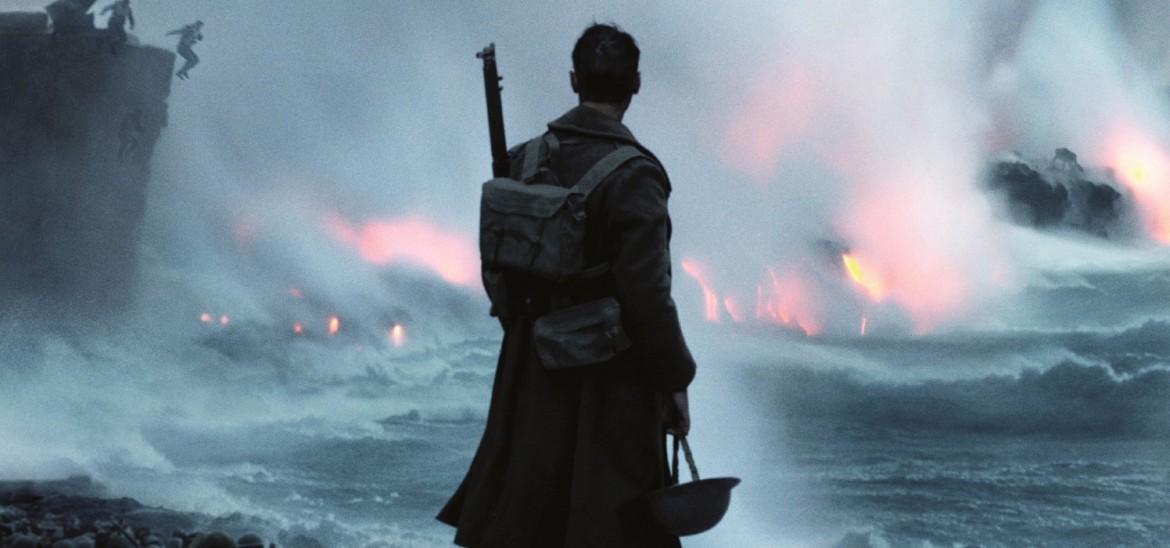Into Film Clubs
Find out everything you need to know about starting an Into Film Club.



Films that explore important historical stories are never far away. This year we have already seen Hidden Figures, Viceroy's House and Their Finest in cinemas, and this summer sees the release of Christopher Nolan's highly-anticipated Dunkirk - and with it our new Dunkirk: The Dynamo Challenge resource, packed with activities and ideas for using the film to support the curriculum. Register for this great new resource below, and receive an exclusive Welcome Pack!
Feature films - alongside archive film and eyewitness testimony on film - provide access points to a wide range of history topics for all students. Well-chosen and contextualised film is a fantastically inclusive stimulus for discussion, debate and enquiry, supporting students through a familiar medium to tackle less-familiar and sometimes more challenging sources. Developing and presenting ideas and arguments through simple filmmaking is also an important means for students to synthesise and discuss concepts, and improve their reading and writing skills.
The possibilities for using film in the history classroom are many and varied; here are a few recommended activities:
Physicalising a written source in this manner enables students to consider the purpose and content, and create a visual aide-memoir, which is useful for revision.
A longer version of this article appeared in Teach Secondary.
A series of articles that highlight how the medium of film can be used to teach a wide variety of subjects and themes.
View other Articles in this columnViewing 4 of 4 related items.

Find out more about our streaming service, designed specifically for UK schools.